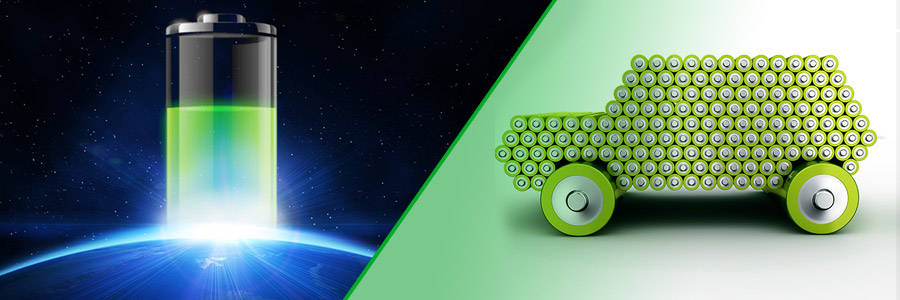New battery material

Since the early 1990s, lithium-ion (LI-ion) chemistry has been predominantly used in the global battery market. Not only are LI-ion batteries low maintenance and safer to use, they can supply a high level of energy in a relatively small package. The key challenges are to achieve the high energy density users require, provide flexibility for battery designers, make it safer for consumers, and enhance the sustainability of batteries.
Existing battery technologies use lithium salts and organic carbonates as the electrolyte solution. In electric vehicles, car makers must install extra protection to ensure the battery is not ruptured in the event of a collision and avoid leakage of liquid electrolyte. That protection adds a significant amount of weight to the vehicle which reduces its overall environmental performance.
Contin is committed to developing an innovative water-based production technology which will eliminate the use of NMP (N-Methyl-2-pyrrolidone), a toxic solvent historically used in the rechargeable Li-Ion battery manufacturing process. This project focuses on an alternative technology which uses water-based binders to eliminate the NMP, reduce manufacturing costs, and improve the performance and life of Li-Ion batteries.
CC-41 water based binder
- Replacement of NMP in Li-ion battery
- Safe and eco-friendly
CC-42 Moldable batteries
Safety is the most important for electric automobiles. To develop the safest, non-flammable, polymer-based gel and solid electrolytes is our goal. In addition to reducing the risk of liquid electrolytes escaping from the battery, this type of polymer is non-flammable and can meet the demanding needs of electric vehicles.
Solid polymer electrolytes will also offer battery designers greater flexibility. Rather than being a pre-defined shape, the battery could take the same shape as the object it is powering. This has the potential to usher in a new age of wearable technology and reduce the need for battery protection in vehicles.
CC-43 Energy-saving material for solar battery
Weight is important issue for energy-saving. Particularly thanks to our involvement in developing battery technology for aircraft. When it undertook the longest nonstop flight across the Pacific, the batteries which store the sun’s energy for use during the night contain a new type of binder. Made from Polyvinylidene fluoride (PVDF), this binder is non-flammable and non-reactive, making it much safer to use. It also improves the chargeability of the battery, increasing the available energy by 10%.

